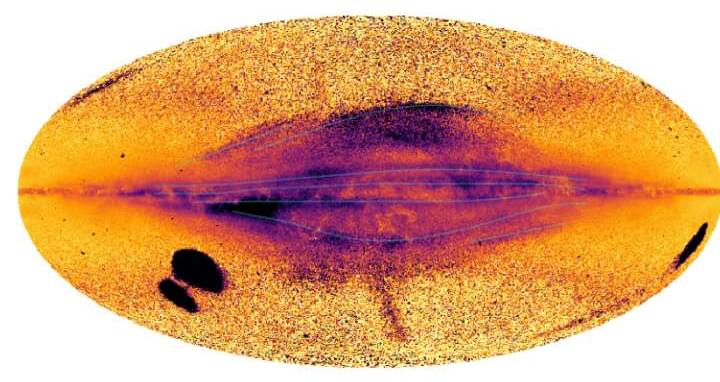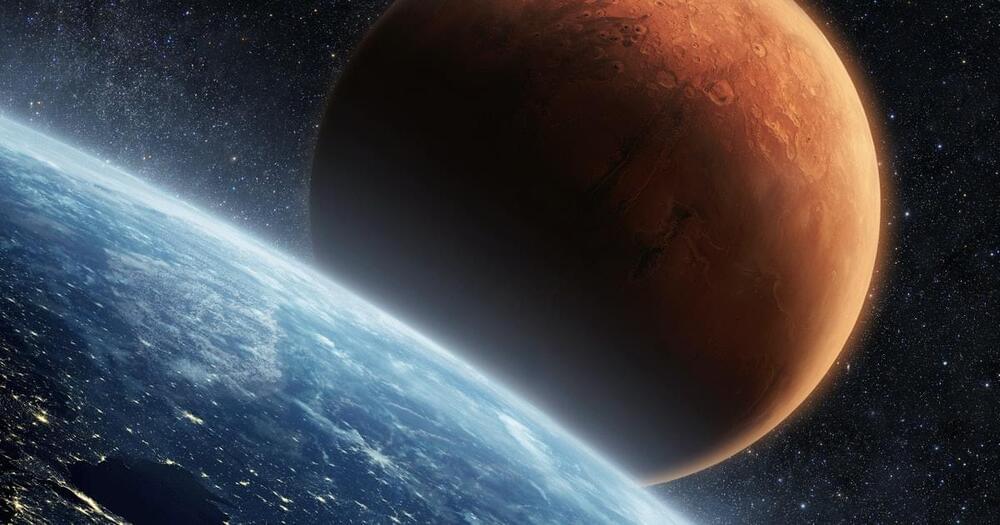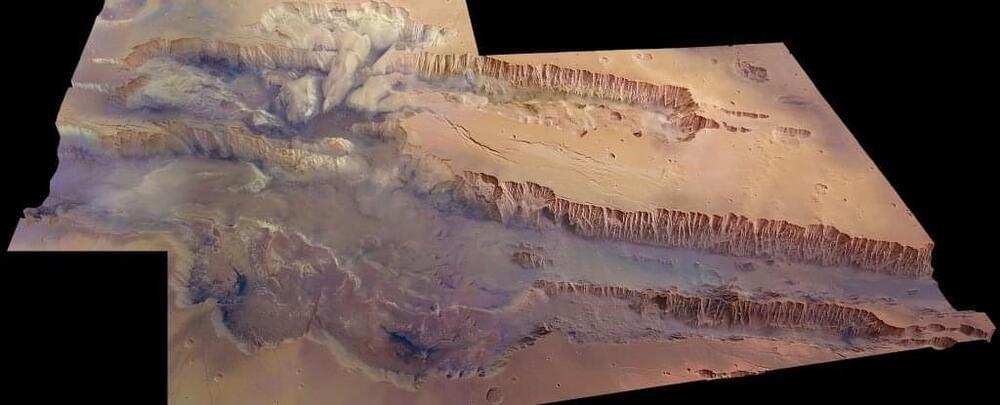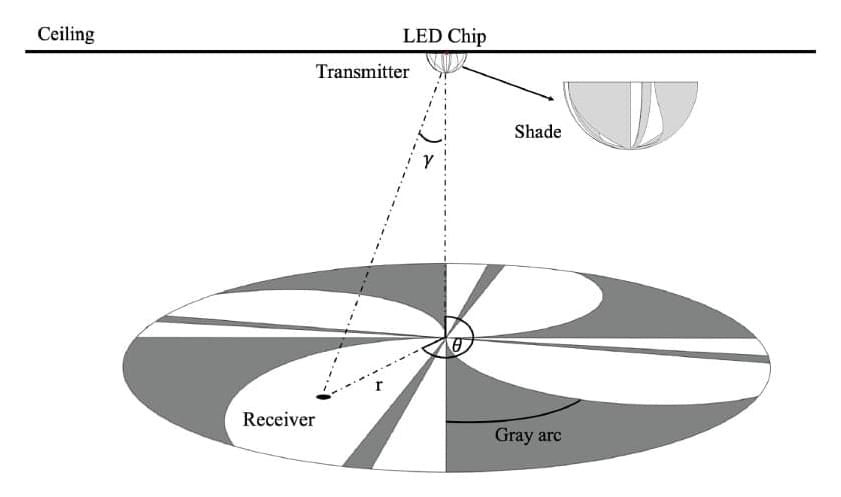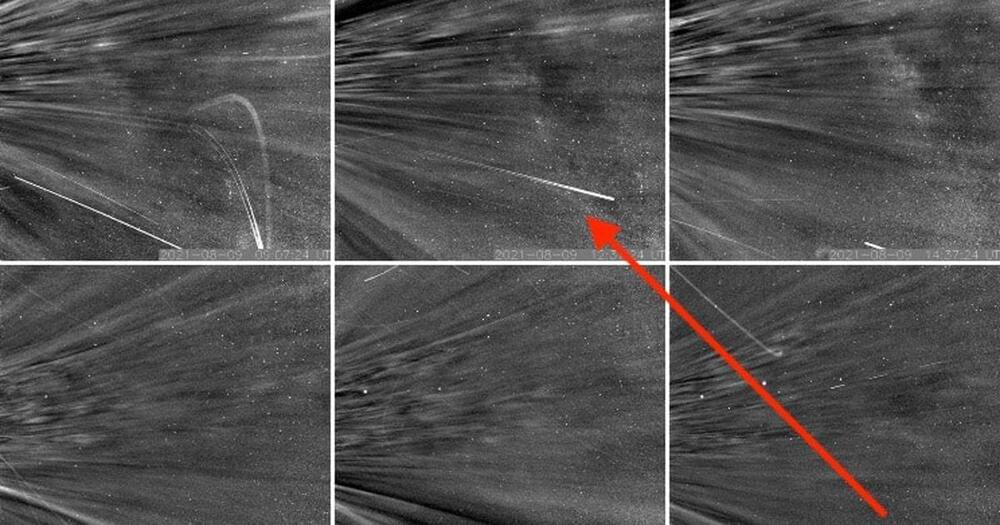Structures in our galaxy’s outer disk have been identified as likely fossil spiral arms, remnants disrupted by encounters with the gravity of nearby dwarf galaxies.
The Gaia Space Observatory has revealed the motion of millions of stars in exquisite detail, allowing astronomers to identify patterns, with stars’ similar movements revealing shared origins or histories. This has created a science of galactic archaeology, which has identified smaller galaxies absorbed into the Milky Way so thoroughly their identities were previously invisible.
Dr Chervin Laporte of the University of Barcelona has used Gaia’s observations to study an often neglected part of the galaxy, the area opposite the galactic center as seen from Earth. In Monthly Notices of the Royal Astronomical Society: Letters Laporte and co-authors describe structures they propose were part of the Milky Way from the beginning, but have been so distorted by external influences they can hardly be identified.
